Brave believes the current online ecosystem is broken. The relationship is comprised of three parties: The publishers of content, the advertising and marketing companies, and everyday consumers. Brave’s Ben Livshits calls it “the Bermuda Triangle of advertising,” and it’s a scenario in which none of those three parties are happy. “This is an ecosystem that is ultimately suffering and is not sustainable,” says Livshits. “We’re trying to build something else using our browser; we’re using Brave as the cornerstone.”

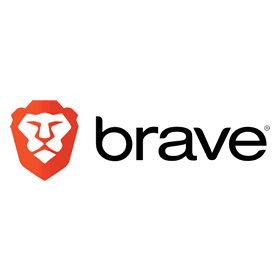
How do users suffer?
“Users suffer from ad overload and tracker overload,” says Brendan Eich, CEO and co-founder of Brave. And he’s not wrong. Popular media sites can have as many as 70 trackers, all vying for your attention at once, taking your bandwidth, costing you money you spend on that bandwidth, and drastically slowing down the loading times of websites. Malware has gone up by 132% in just one year. Users “feel like they’re stalked by ads, they’re tracked by ads, they’re spending more on data plans just to download the ad tracker scripts.”
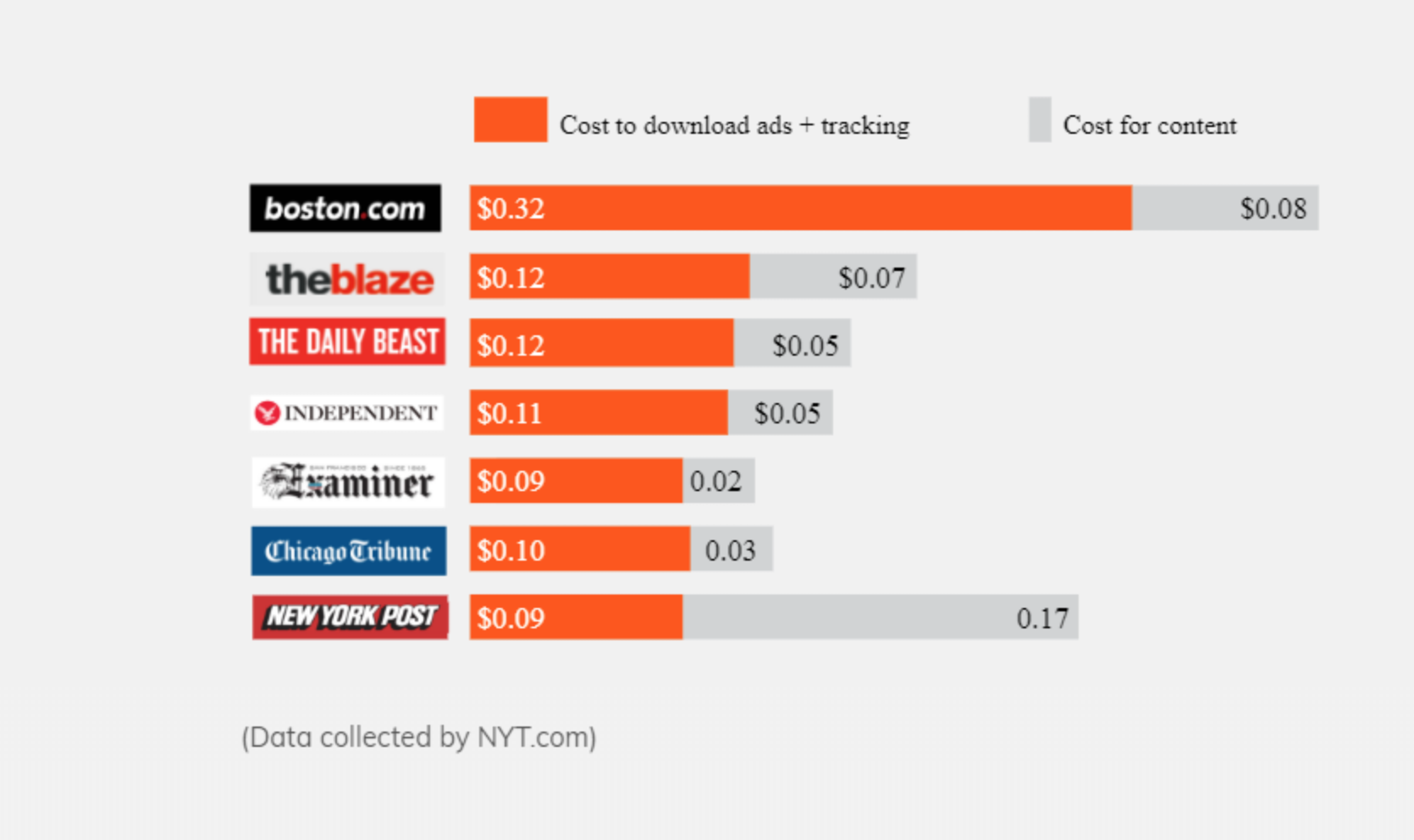
As it turns out, underlying ad technology can result in up to 60% of a page’s loading time. If that statistic doesn’t phase you, the frightening truth is that upwards of 20% of that loading time is for websites to learn more about you and report that information to the creators of the content, and the advertisers who pay for it.
Remember, you’re paying for that bandwidth and it’s being spent on ads, which you never asked for and likely do not want taking up your bandwidth. “It’s hard to believe,” says Eich, “but we’re paying to be bothered by ads!” As much as 50% of the average user’s mobile data is for ads and trackers. According to the New York Times, that sum amounts to about $23 a month – $276 a year! – that’s for your browser to load minutiae that you didn’t want to see anyway. It’s also bogging down your loading times and takes around five extra seconds per page on mobile devices – costing you data and draining as much as 21% of a phone’s battery life.
How do publishers suffer?
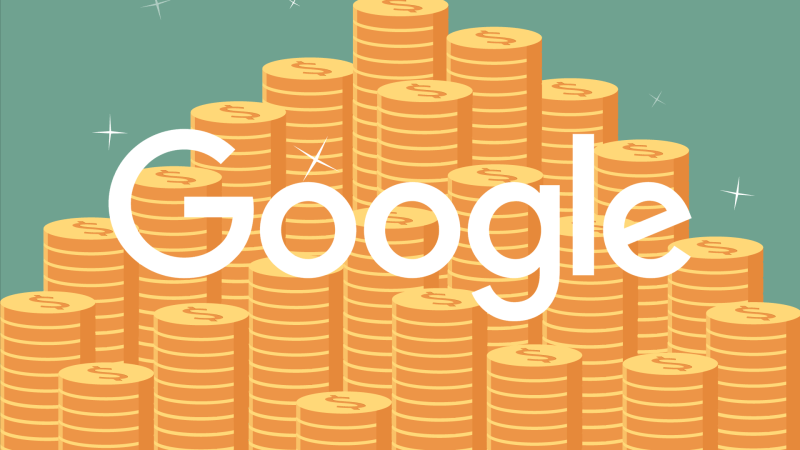
Monopoly companies and titanic mergers dominating the global market are sadly not news in 2018, so it probably won’t come as a surprise that the same one-sided battle is hurting the online economy as well. The extent to which it’s happening may surprise you, however: Google and Facebook take 73% of all ad dollars … and experience 99% of all growth. All the small start-ups online may be gaining traction and momentum at their own pace, but their successes fuel the big guys too, and it’s hurting everyone else. Revenue for online publishers has gone down by a demoralizing 66%.
Ad blockers may seem like a good idea for most users: Put an ad blocker extension on your Chrome browser and you’ll receive less harassment from pop-ups and trackers, but it’s not all sunshine and rainbows; you’re hurting the livelihood and income of fledgling sites and businesses that are dependent on those ads to generate income:
Users may not care right now, but ad blockers could ultimately affect the amount of free content available from places like news sites, forums, or blogs. Why? If companies aren’t generating revenue from ads anymore (due to ad blocking, for example), they need to get that money some other way. That means users will have to start paying for more base content.
Or many of these publisher likely will just go out of business. Over 600 million phones and desktops already run ad blocking and that number is only climbing. It’s leading us to an online economy in which publishers can no longer easily monetize value-added services, and that’s going to affect everyone.
Badly.
How do advertisers suffer?
Fraud advertising is an ongoing issue, and AI inflicted over $7.2 billion in fraud just last year. Online, it becomes an expensive guessing game for ad companies to determine where their money is best spent; what exactly they’re choosing to pay for. The reason is that ad targeting is inaccurate and, when it works, comes off as creepy to the user. Users don’t want targeted ads that know your location and demographics, or that know the kind of people you talk to or relationships you keep. When an ad company hits a user in this way it looks really bad for the ad company, too, and certainly doesn’t help their business.

The reason this happens is because marketers are often fooled by fake websites and fraudulent AI that doesn’t hit the mark, often mis-targeting its demographic or targeting it way too close to the mark. “Some of the estimates claim that half of the money that companies spend on ads goes nowhere,” says Livshits. “They’re not seen by anybody, they’re below the fold, and they’re just dropped on the floor.” The result is that ad targeting is not functioning nearly as effectively as it should, and it’s making consumers mistrust or ignore 80% of advertisements they see.

The answer: Basic Attention Tokens
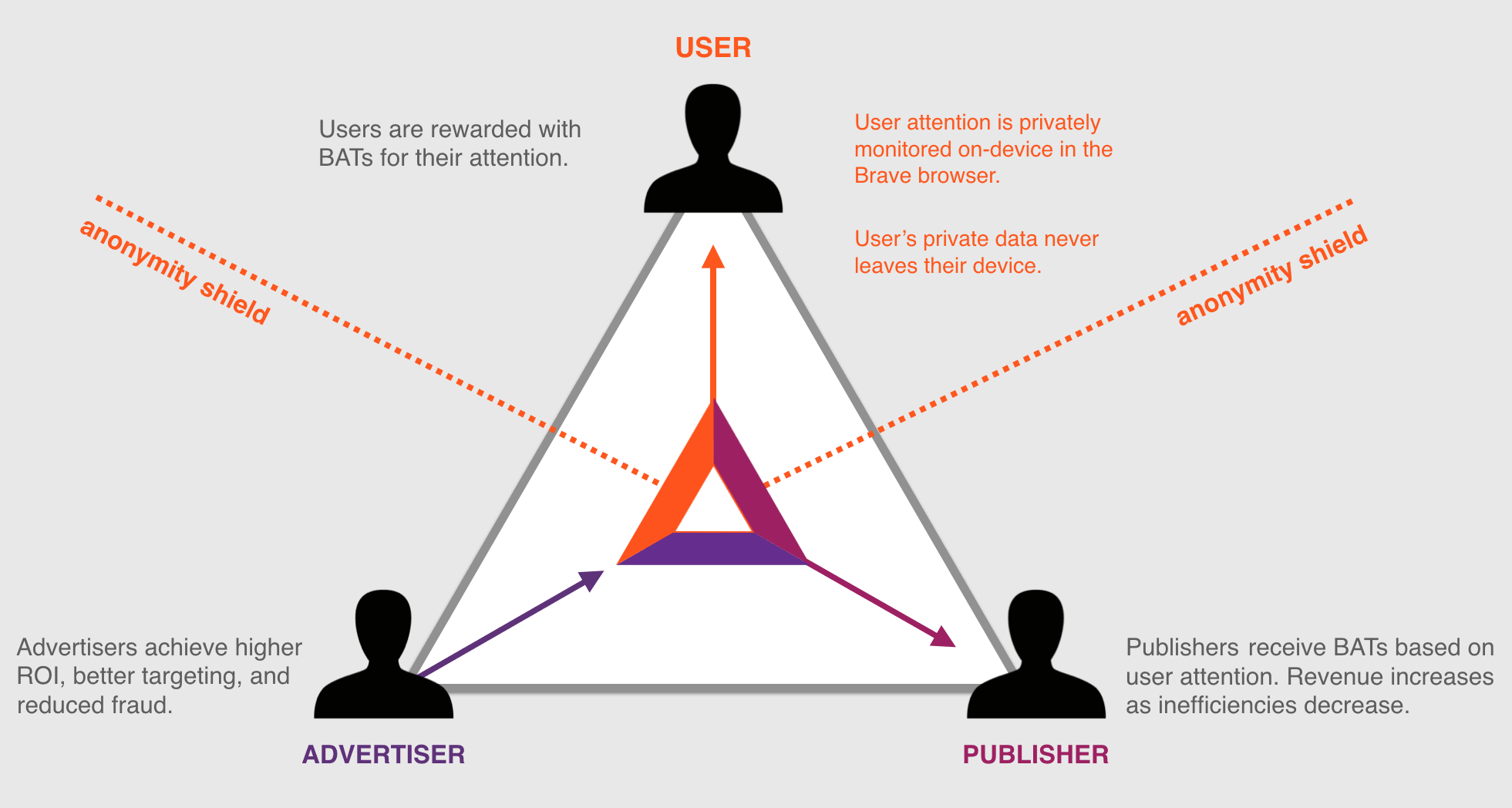
Basic Attention Tokens, or BATs, are utility tokens based on Ethereum technology that serve as Brave’s units of currency between advertisers, publishers, and users. “The token is derived from, and therefore denominates, user attention,” explains Eich. It’s a new blockchain-based digital advertising and services platform where owning and spending these tokens allows users to earn unique services via the BAT platform, enabling special interactions with the platform.
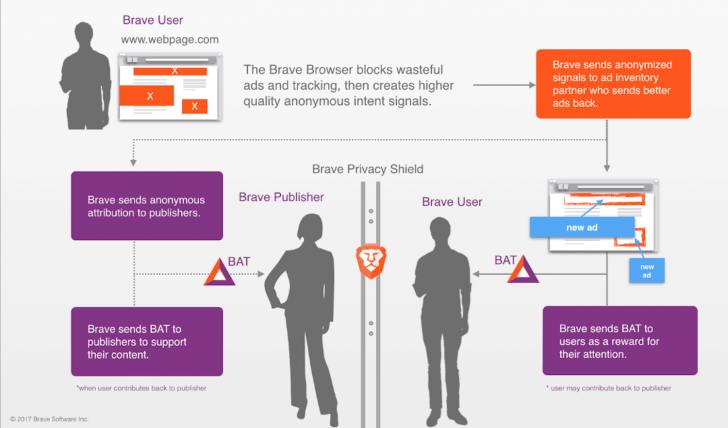
In layman’s terms, it’s a means for users to be able to collect and use time they spend looking at ads in a positive, constructive way that benefits in equal parts the publisher of content, the advertiser on the page, and ultimately themselves as well; users will have the power to distribute their BAT to companies they support, creating a “web 3.0” atmosphere in which you’ll be able to choose who is financially rewarded by your attention. Users can also opt to directly fund or replenish their Brave Rewards wallet to tip content creators.

Basic Attention Tokens don’t connote any official ownership right or stake, Brave explains, and are not refundable nor intended to be a digital currency. This way, all the Brave Rewards analysis is done without disclosing your identity, keeping the browser as anonymous and secure as they have promised.
Rather, the analysis enters the network by way of the open source Anonize protocol, ensuring that neither Brave nor any other entity can match your web browsing habits with your BAT contributions. “That’s really just focused mental engagement,” says Eich proudly, “on an advertisement, on great content, on whatever the user is looking at.”
With Brave, users can choose to either go ad-free, or switch them back on at the drop of a hat. Users who choose to view ads will be paid to do so, will benefit from better ad-matching, and the data will stay private. Thirty percent of the ‘revenue’ gained from watching the ads goes to Brave, while the other 70% goes directly to the user. How is that kept private? The answer is simple:
Brave integrates an anonymous ledger system which allows for your funding to be made available to your chosen site owners. But the browser still keeps specifics like bookmarks and history completely anonymous.
Should you choose to browse with Brave Rewards you’ll remain completely unidentifiable, while still benefiting from more accurate ad-matching and reception of Basic Attention Tokens. If this sounds like a feature you’d be interested in, you’ll be happy to know over 10,000 content creators and publishers have already registered to receive Brave Rewards.
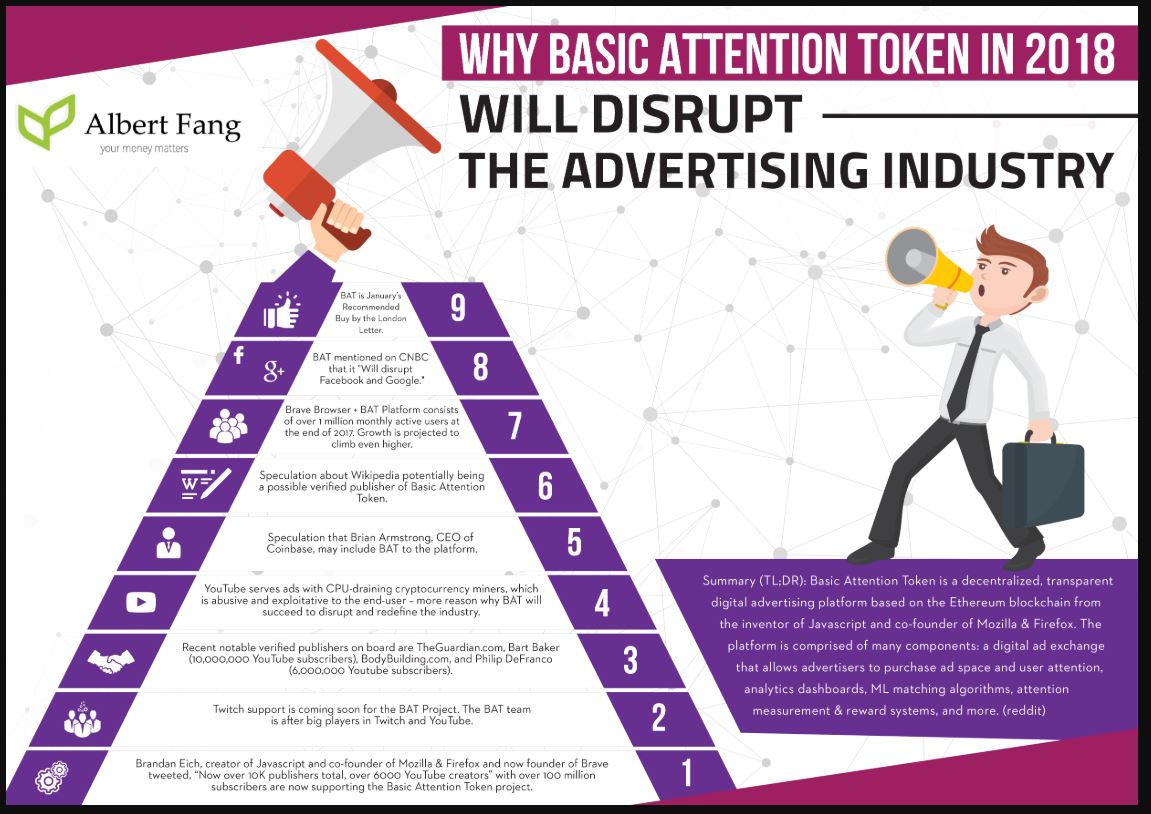
There will be some instances where the BAT revenue goes to the publishers as well, in which case the user and Brave split their 30% evenly (15% each) and the rest will go to the publisher. This effectively cuts out the middleman while still ensuring privacy to the viewer.
How soon will we see this?
At a recent Web3 Summit Ben Livshits announced that they are looking to ship the first phase of the BAT system in the next couple of months. “This is something we have been experimenting with quite a while,” he said. The most recent beta to be released is said to already be 22% faster than the Brave that’s currently available, and can be downloaded right here. From the looks of it, progress is speeding along pretty encouragingly.
Our new desktop browser has a 22% faster load time on average than our exiting Brave Muon version. That's as much as 8-second faster page loads on certain sites. Details here: https://t.co/d6FYHEmqIi
— Brave Software (@brave) October 18, 2018
In the meantime, if you haven’t checked out Brave yet, we encourage you to give it a look! Download it for free right here and we’ll keep you up-to-date with the rest!

Softonic is proud to partner with Brave. When you download from us, we may earn a commission.

